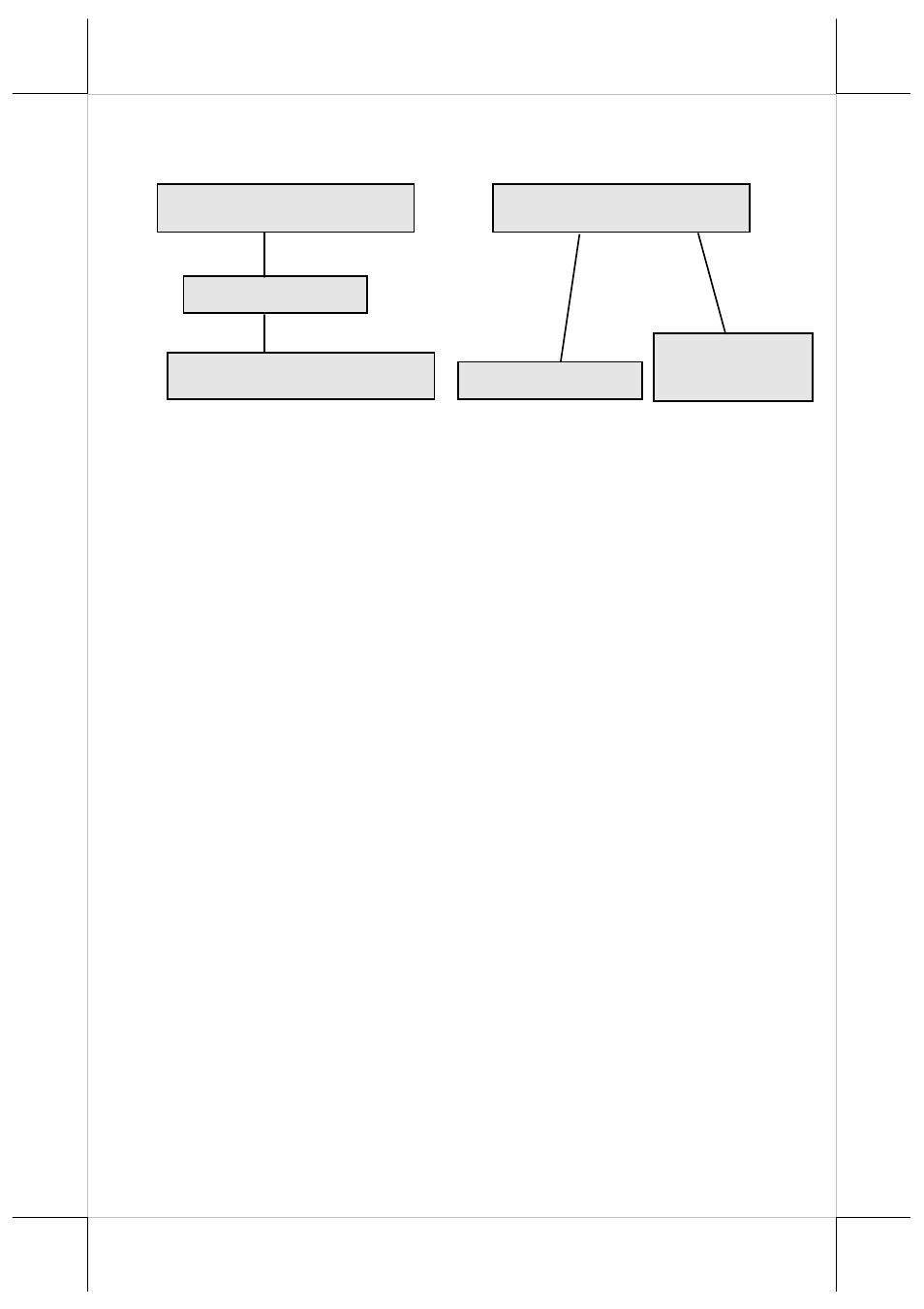Posiflex KB-6600 User Manual
Page 9

Part 9
B. PROGRAMMING
UTILITY
1 SETUP
2 HARDWARE
LIMITATION
In case of “multiple combination key” application which means pressing
three or more keys at the same time to obtain certain data output from the
keyboard, there could be some limitations inherent from the nature of
keyboard structure. The CPU of keyboard detects the contact between the
“horizontal” and “vertical” lines for each key press, recognizes which key is
pressed and sends correspondent data to the host computer. When there are
many keys pressed at the same time, and the pattern of the contacts coincides
with some special relationship, there are chances that the CPU of keyboard be
confused about exactly which keys are pressed. The user may change the
locations of the key-definition to prevent this once such confusion happens.
3 ANSWER
BACK
CODE
Programming the answer back codes of the 6 position electronic
key-lock is also very easy as they are included in the keyboard programming
with the locations coded as “KLP”, “KL0”, “KL1”, “KL2”, “KL3” and “KL4”
in the key-layout map of page L1. These answer back codes will be issued by
the programmable keyboard to PC whenever the 6 position electronic key is
switched to a new position (there will be a time delay as determined in the
configuration of the keyboard programming utility and is adjustable by “r” and
“t” key presses in “KBM.EXE”, this time delay is useful to give only the
answer back code of the last position of control key when it is turned across
multiple positions) or when the KB-6600 or KB-6600U receives an “enquiry”
command through PS/2 KB port or USB port that is generated by the
Application Program (AP).
Fig. 5 - 1 Preparations
KB-6600
PC or POS SYSTEM
KB-6600
PC or PS2 KEYBOARD
PS/2 KB PORT
USB or PS2
KEYBOARD
USB PORT
KB-6600U
PC or POS SYSTEM
KB-6600U
